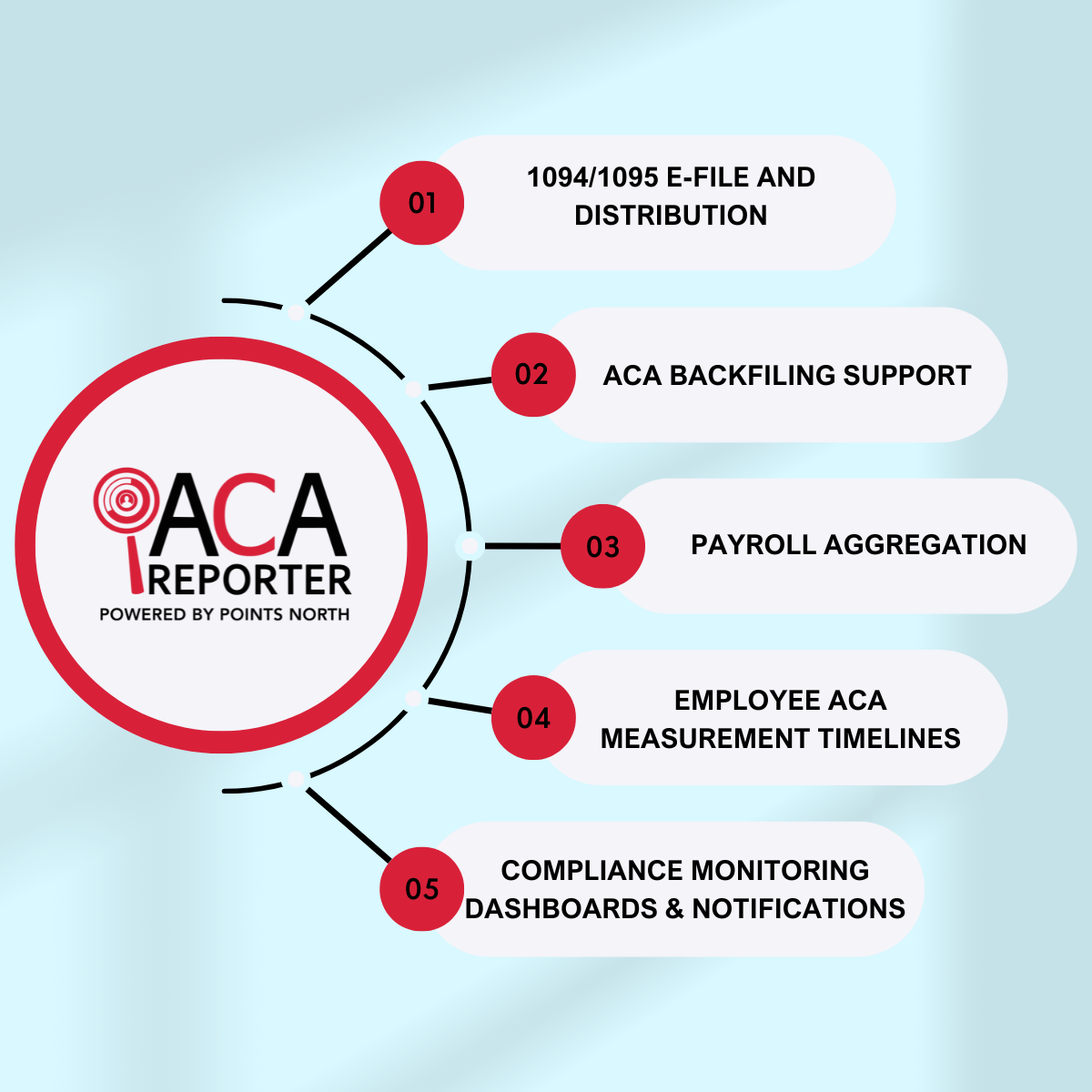For the first time in open enrollment for 2022 health plans, people will have unprecedented access to premium tax credits. These new opportunities are a big step towards ensuring that Americans get affordable coverage and don't face restrictions when they need care most from their doctors!
Consider Qualification of ACA subsidy if you are one in the groups of:
- Uninsured
- Non-ACA-compliant coverage buyer
- Off-exchange health plans buyer
- The one enrolled in on-exchange plans, individuals who haven't given income information to the exchange or haven't considered their options recently
Uninsured:
People who do not have any form of health coverage and do not qualify for Medicaid.
These will be eligible for low-cost or NO-cost coverage in 2022.
Many people do not have health insurance because they think it costs too much. But there are ways to get health coverage for free or very low cost. The Affordable Care Act (ARP) has made them more widely available.
During the COVID/ARP special enrollment period this year more than a third of the people enrolled via HealthCare.gov for less than $10/month.
As the subsidy rules have changed last year the uninsured should check them now.
Non ACA-compliant coverage buyer:
Non ACA-compliant coverage buyers are people who have insurance that is not compliant with the Affordable Care Act. People might be eligible for a premium tax credit, which lowers their monthly premiums or out-of-pocket costs related to health care.
Here is some of the Non ACA-Compliant coverage plans:
- Health care sharing ministry plans
- Farm Bureau non-insurance plans
- Short-term health insurance plans
- Fixed indemnity plans
- Grand mothered plans (no longer for sale, but some plans remain in effect)
- Grandfathered plans (no longer for sale, but some plans remain in effect)
- Direct primary care (DPC) memberships
- Discount plans
One of the key reason people try to keep these plans is ACA-compliant coverage consideration to be out of reach.
The other can be the reason people choose Non ACA-Compliant coverage is because ACA-compliant coverage doesn’t fit in their budgets.
These may include three type of clusters:
- High income cluster
- Family glitch affected cluster
- Minimal subsidy Qualified cluster
Yet For 2022 ARP has clearly stated:
- Removal of income restriction for subsidies
- Increments in subsidy amounts make coverage more reachable for those who were previously qualified for subsidies.
Off-exchange health plans buyer:
Off-exchange’ health plans buyers are people who buy a plan off the Marketplace. They do not pay a penalty for not having coverage.
Some people prefer self-subsidization over eligibility for premium tax credits. Yet some may enroll in health plans through the Marketplace or off-exchange to save money on the premiums, while others sign up for an off-exchange plan to avoid paying full price.
Under the APR, elimination of the income limit for subsidy eligibility is a significant change for individuals who previously bought off-exchange coverage in order to get a cheaper price on a Silver plan.
On-exchange plans buyer:
On-exchange plans buyers are people that purchase on the Marketplace. They qualify for income-based premium tax credits to lower their premiums or out-of-pocket costs related to health care.
This is the most popular way to get an Affordable Care Act (ACA) compliant plan as it can be done without penalization.
If a person had a subsidy program with the exchange, then their subsidy amount with be automatically updated. If there was no income on file for the person, they would not have been able to activate a subsidy on their behalf.
The good news is that if they buy their health care plan on the exchange, and file with their income they can opted for full premium subsidy.
Bottom Line:
The individual mandate is still in place, but the government believes that it has been successful enough to ease some of its requirements. In order to get a premium tax credit for their health insurance next year, people will need to enroll on with respect to the dates.






.png)